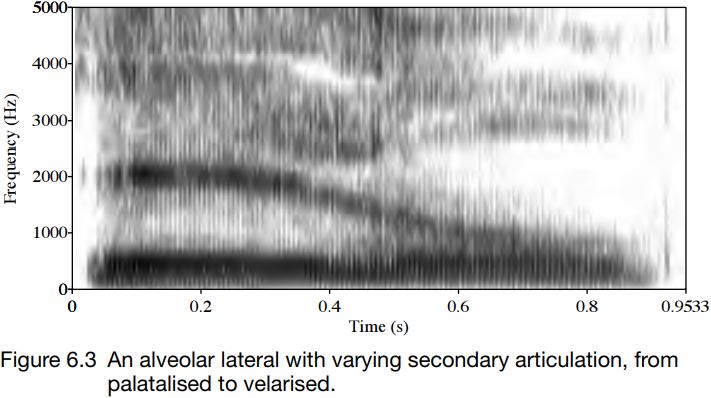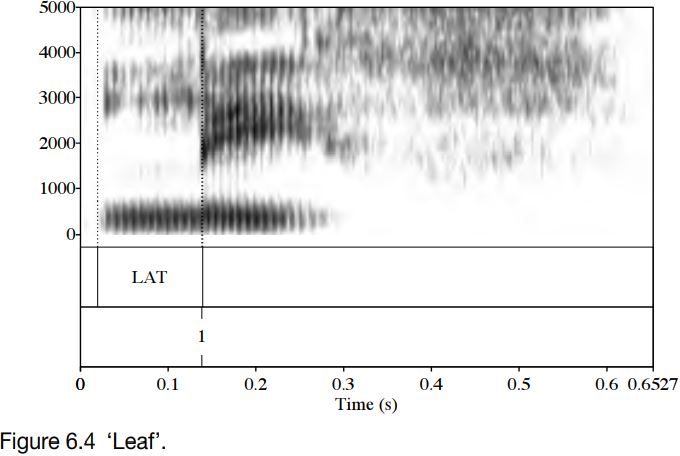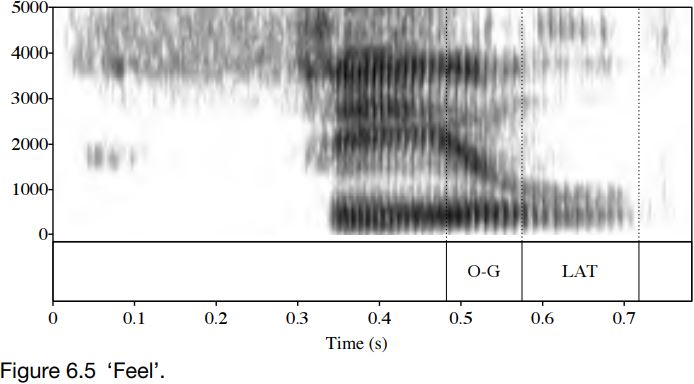

Grammar


Tenses


Present

Present Simple

Present Continuous

Present Perfect

Present Perfect Continuous


Past

Past Simple

Past Continuous

Past Perfect

Past Perfect Continuous


Future

Future Simple

Future Continuous

Future Perfect

Future Perfect Continuous


Parts Of Speech


Nouns

Countable and uncountable nouns

Verbal nouns

Singular and Plural nouns

Proper nouns

Nouns gender

Nouns definition

Concrete nouns

Abstract nouns

Common nouns

Collective nouns

Definition Of Nouns

Animate and Inanimate nouns

Nouns


Verbs

Stative and dynamic verbs

Finite and nonfinite verbs

To be verbs

Transitive and intransitive verbs

Auxiliary verbs

Modal verbs

Regular and irregular verbs

Action verbs

Verbs


Adverbs

Relative adverbs

Interrogative adverbs

Adverbs of time

Adverbs of place

Adverbs of reason

Adverbs of quantity

Adverbs of manner

Adverbs of frequency

Adverbs of affirmation

Adverbs


Adjectives

Quantitative adjective

Proper adjective

Possessive adjective

Numeral adjective

Interrogative adjective

Distributive adjective

Descriptive adjective

Demonstrative adjective


Pronouns

Subject pronoun

Relative pronoun

Reflexive pronoun

Reciprocal pronoun

Possessive pronoun

Personal pronoun

Interrogative pronoun

Indefinite pronoun

Emphatic pronoun

Distributive pronoun

Demonstrative pronoun

Pronouns


Pre Position


Preposition by function

Time preposition

Reason preposition

Possession preposition

Place preposition

Phrases preposition

Origin preposition

Measure preposition

Direction preposition

Contrast preposition

Agent preposition


Preposition by construction

Simple preposition

Phrase preposition

Double preposition

Compound preposition

prepositions


Conjunctions

Subordinating conjunction

Correlative conjunction

Coordinating conjunction

Conjunctive adverbs

conjunctions


Interjections

Express calling interjection

Phrases

Sentences


Grammar Rules

Passive and Active

Preference

Requests and offers

wishes

Be used to

Some and any

Could have done

Describing people

Giving advices

Possession

Comparative and superlative

Giving Reason

Making Suggestions

Apologizing

Forming questions

Since and for

Directions

Obligation

Adverbials

invitation

Articles

Imaginary condition

Zero conditional

First conditional

Second conditional

Third conditional

Reported speech

Demonstratives

Determiners


Linguistics

Phonetics

Phonology

Linguistics fields

Syntax

Morphology

Semantics

pragmatics

History

Writing

Grammar

Phonetics and Phonology

Semiotics


Reading Comprehension

Elementary

Intermediate

Advanced


Teaching Methods

Teaching Strategies

Assessment
Acoustics
المؤلف:
Richard Ogden
المصدر:
An Introduction to English Phonetics
الجزء والصفحة:
87-6
28-6-2022
1131
Acoustics
The articulatory variability is reflected acoustically. Figure 6.3 shows the effect of secondary articulations on the acoustics of laterals. This is a spectrogram of a production of [l] whose secondary articulation is shifted from palatalized to velarized. Notice that F2 – associated with frontness and backness – changes, moving from rather high, at around 2100 Hz, to low, at under 1000 Hz.

Figure 6.4 shows a spectrogram of an utterance of the word ‘leaf ’. The lateral portion is marked LAT. At the very end of it, at the point marked 1, there is a spike; this corresponds to the release of the tongue tip from the alveolar ridge and the switch from central to lateral airflow. This change in airflow has an acoustic effect too: notice that the lateral portion is lighter in colour (which means that it is lower in amplitude)

than the following vocalic portion. F2 during the lateral portion is just about visible at around 1600 Hz; this value is consistent with a relatively clear lateral.

Figure 6.5 is a spectrogram of an utterance of the word ‘feel’. The portion marked O-G (on-glide) shows the formants moving from the values for the vocalic portion – note in particular the high F2 associated with a close front spread vowel – to the values for a velarized lateral. This implies a low F2; and in the portion marked LAT, it can be seen that F2 is at around 1000 Hz. This utterance is by the same speaker as the previous example, so the lateral here is darker than the lateral in ‘leaf ’. The on-glide, it can be noticed, is almost as long as the period of only lateral airflow. Notice that as with ‘leaf ’, lateral airflow induces lower amplitude, seen in the overall lighter spectrogram for the LAT portion.
It should be clear from Figures 6.4 and 6.5 that syllable-initial and syllable-final laterals are far from mirror images of one another. There are two main differences. First, the syllable-initial lateral is clearer, and has a higher F2 than the syllable-final lateral. Secondly, the syllable-initial lateral has a more abrupt ending than the beginning of the syllable-final one: while the transition out of the lateral portion is rapid, in the syllable-final case, the transition into the lateral portion is slow.
 الاكثر قراءة في Phonetics
الاكثر قراءة في Phonetics
 اخر الاخبار
اخر الاخبار
اخبار العتبة العباسية المقدسة

الآخبار الصحية















 قسم الشؤون الفكرية يصدر كتاباً يوثق تاريخ السدانة في العتبة العباسية المقدسة
قسم الشؤون الفكرية يصدر كتاباً يوثق تاريخ السدانة في العتبة العباسية المقدسة "المهمة".. إصدار قصصي يوثّق القصص الفائزة في مسابقة فتوى الدفاع المقدسة للقصة القصيرة
"المهمة".. إصدار قصصي يوثّق القصص الفائزة في مسابقة فتوى الدفاع المقدسة للقصة القصيرة (نوافذ).. إصدار أدبي يوثق القصص الفائزة في مسابقة الإمام العسكري (عليه السلام)
(نوافذ).. إصدار أدبي يوثق القصص الفائزة في مسابقة الإمام العسكري (عليه السلام)


















